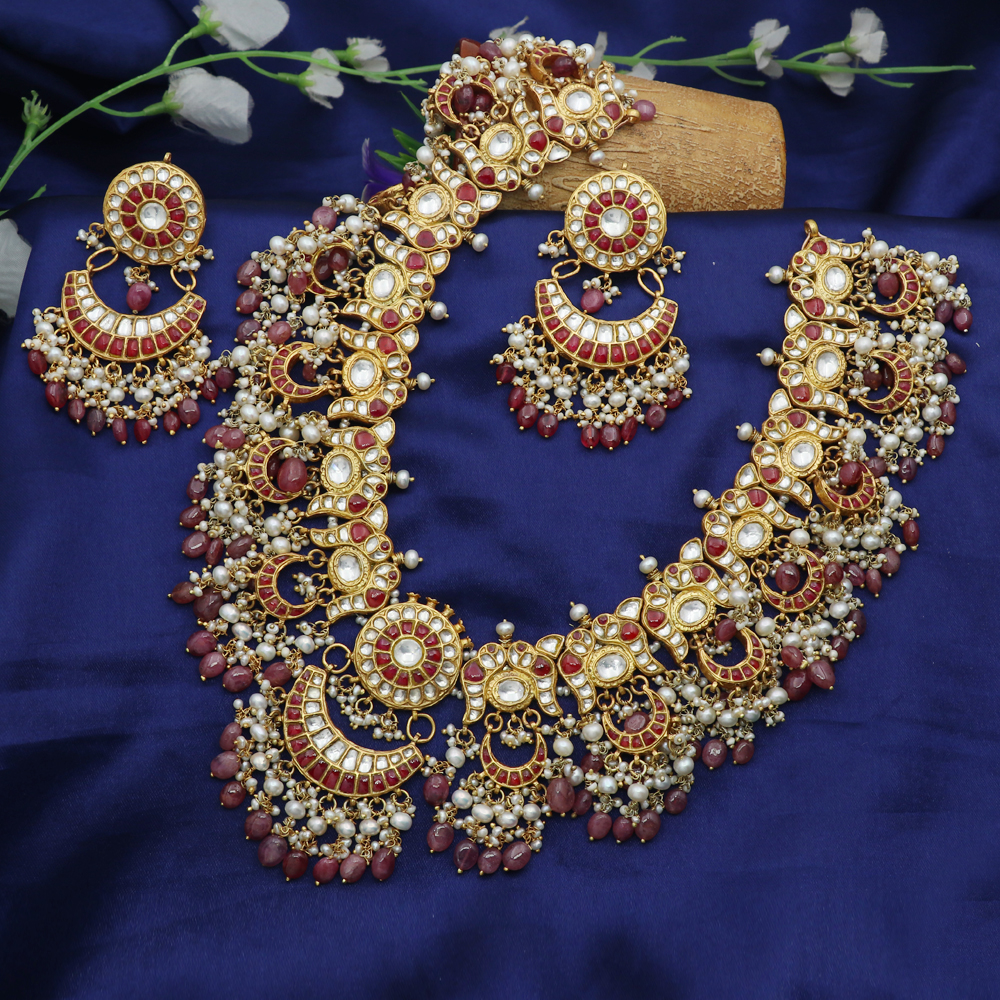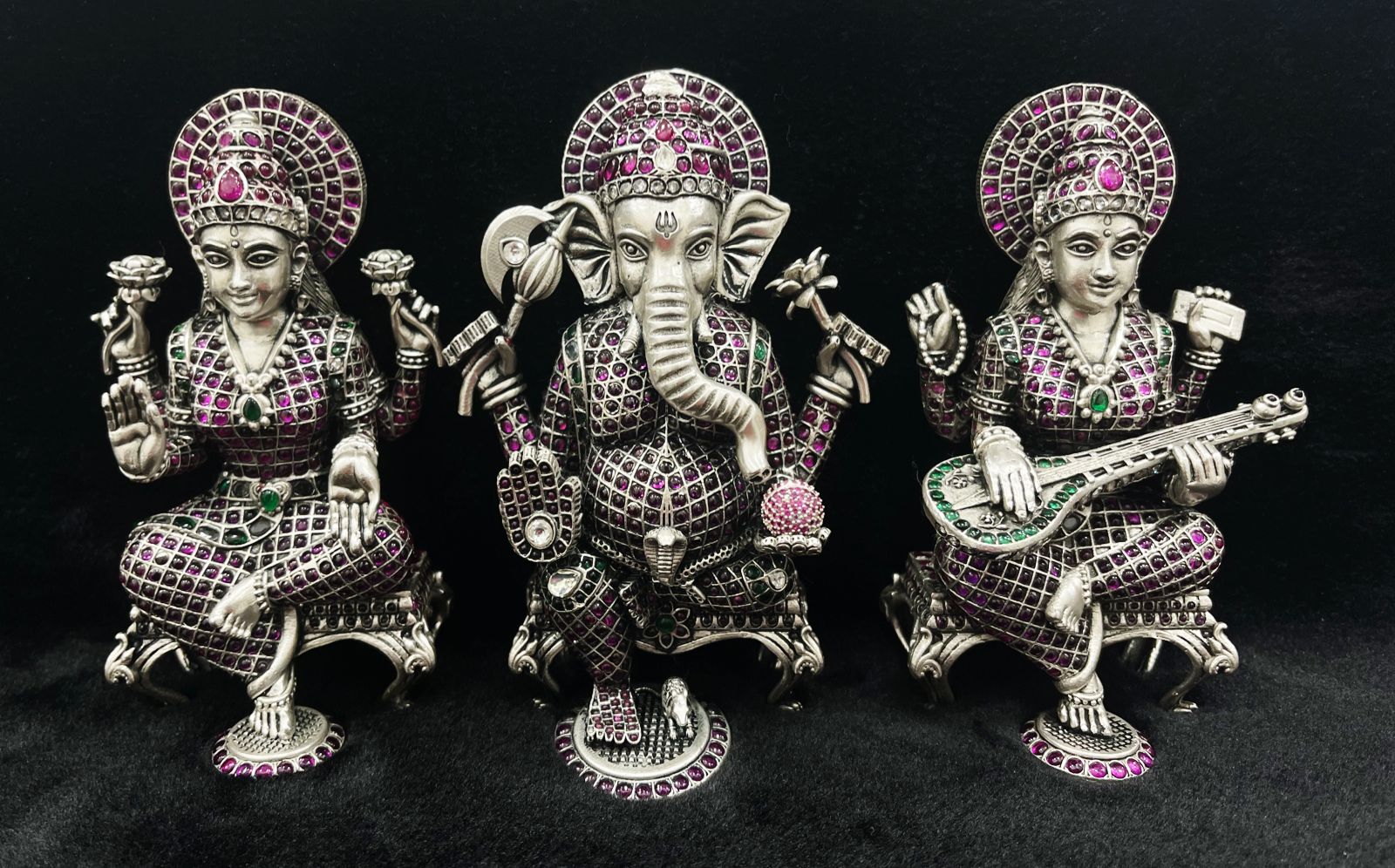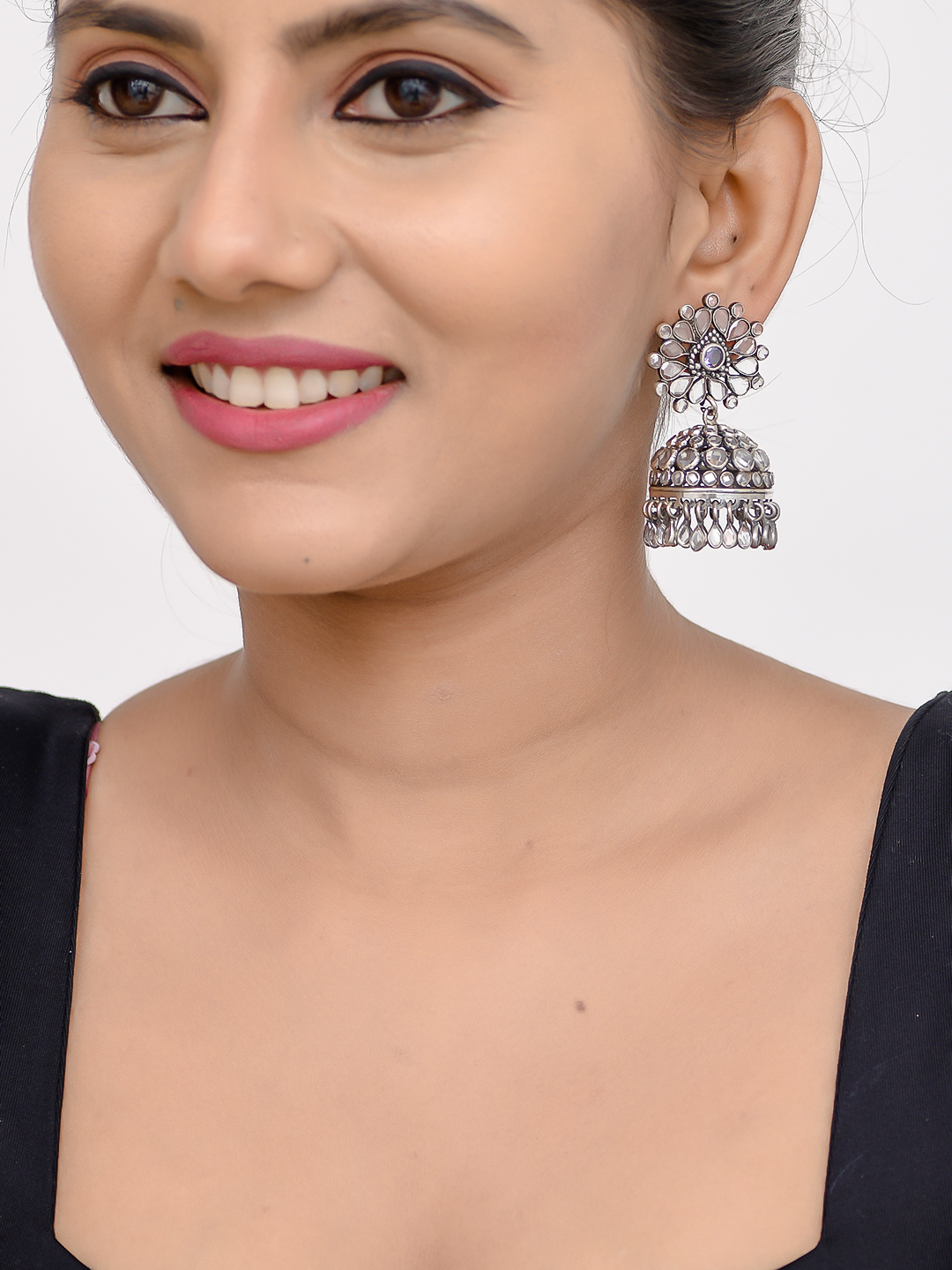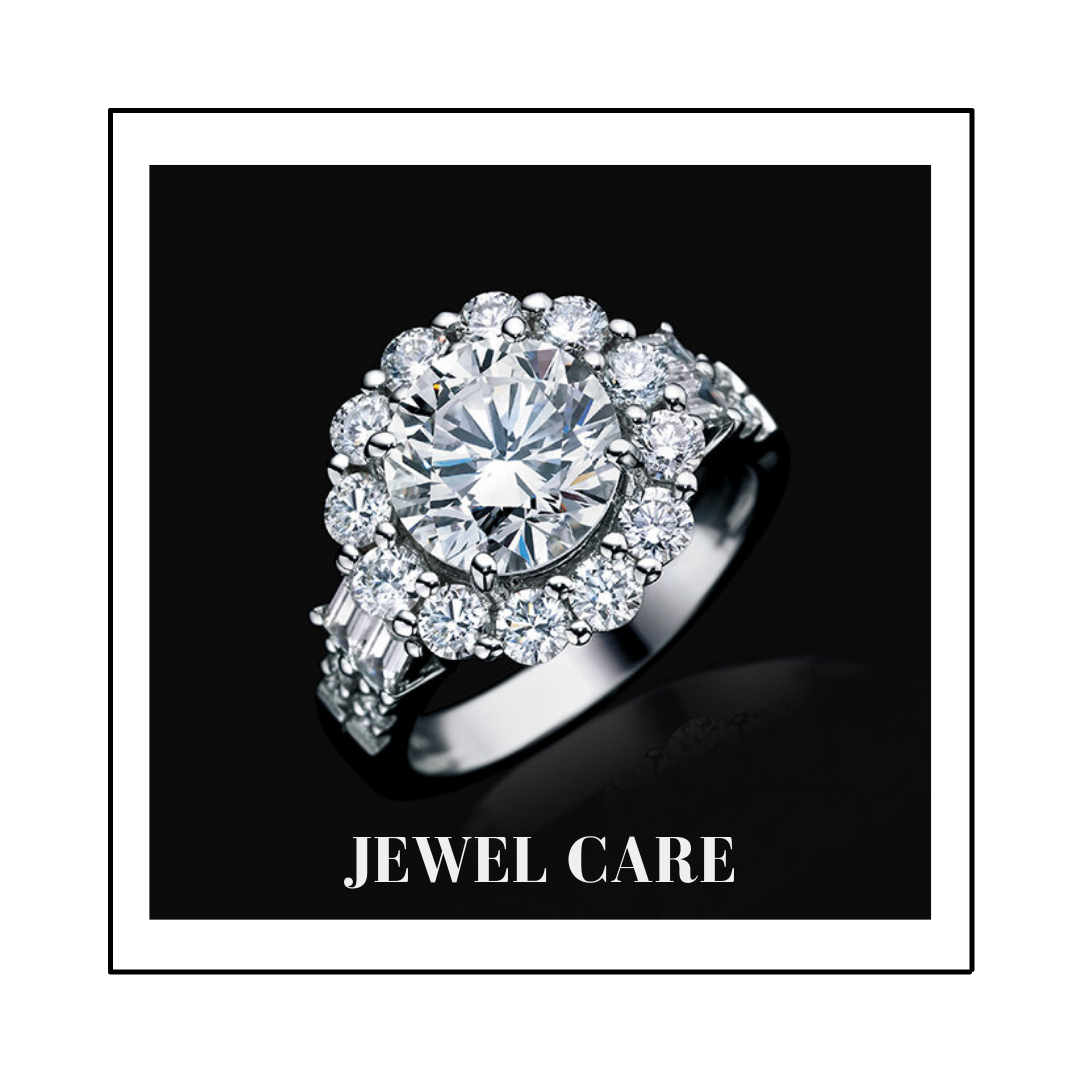TAKING CARE OF PRECIOUS JEWELS
TAKING CARE OF PRECIOUS JEWELS
PRECAUTIONS FROM LIGHT AND HEAT
Sun rays are harmful and damaging to the jewels. Light and heat can affect coloured gemstones durability and colour and Shine. If not taken care they can also fade or damage some gemstones, like amethyst, topaz and shell cameos. Pearls and other delicate materials, such as ivory, will bleach under extreme exposure to light. Heat can easily remove the natural moisture these gems need to keep their beauty. Pearls, for instance, can dry out, crack and discolour. Opals can turn white or brown, develop tiny cracks.
KEEP YOUR JEWELLERY AWAY FROM CHEMICALS
Exposing chemicals to jewellery pieces can damage or discolour precious metals like gold, silver and platinum and can also damage coloured gemstones . Using everyday substances like hairspray, lotion, perfume or other cosmetics that contain chemicals can permanently damage the surface of pearls and other delicate or porous gems. Fine jewellery should be removed before diving into a chlorinated swimming pool and even before using household cleaners as they contain ammonia which is harsh and causes reactions with the metal of the Jewellery.
GIVE TREATED GEMS SPECIAL CARE
Some coloured gemstones are routinely treated to improve the shine, colour and clarity. These treatments can be negatively affected by heat, solvents, steam and ultrasonic cleaners.
USE ULTRASONIC CLEANERS WITH CAUTION
Ultrasonic cleaners should not be used to clean:
Gemstones with surface-reaching breaks that have been filled with a substance such as oil, resin or a glass-like material
Organic gem materials such as pearls, coral, ivory, or amber
Gems that are coated with a non-permanent substance like plastic or wax
Gems which have heat-treated.
Gems that are susceptible to heat and temperature changes whether they are treated or not, like tanzanite, feldspar (sunstone and moonstone), fluorite, iolite, kunzite, lapis lazuli, malachite, opal, topaz, turquoise, zircon etc.
THE SAFEST CLEANING METHODS ARE ALSO THE EASIEST
Most colored gems can be cleaned with warm water, mild dish soap (no detergents) and a soft brush. A pulsed-water dental cleaning appliance and a soft, lint-free cloth can also be used. Be sure to rinse your jewelry in a glass of water to remove cleaning solutions since you risk losing loose stones – or even an entire piece of jewelry - if you rinse directly in the sink. Soft gems, such as pearls, on the other hand, can easily scratch. Use a new, clean makeup brush and warm, soapy water to gently clean them. Lay a strand of pearls on a towel to dry. The wet silk thread can stretch − and attract dirt − so don’t touch your strand until it is completely dry. Pearls worn often should be restrung once a year.
SAFELY STORE YOUR JEWELLERY
When traveling, protect jewellery pieces from scratches or other impact damage by padding it in a separate box or case.
Many jewellery stores offer free check-up or professional cleaning at scheduled intervals: Jewellery should be checked every six months and cleaned frequently. Take help from jewelers with professional training and a good reputation.






